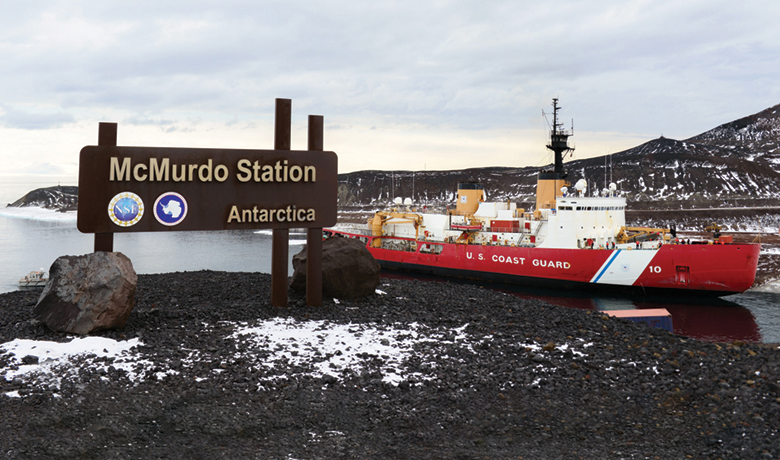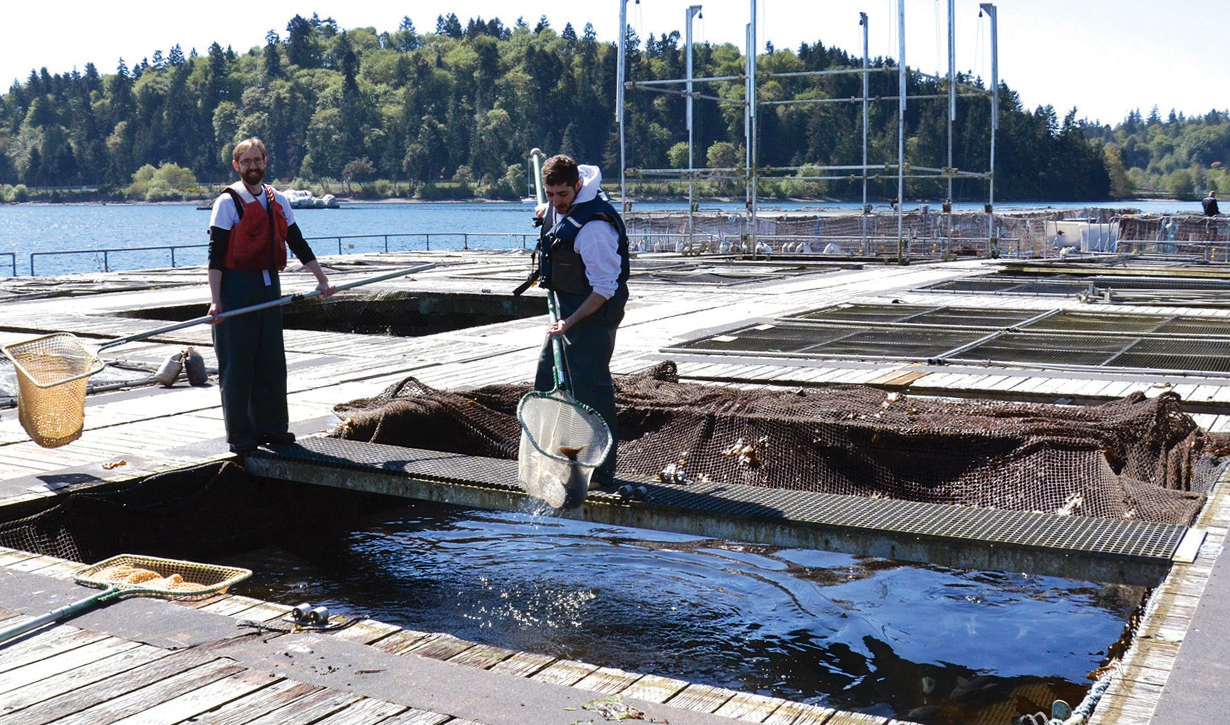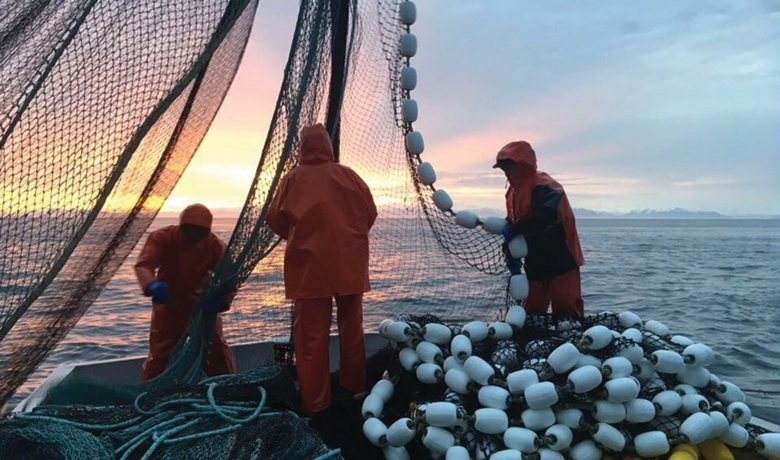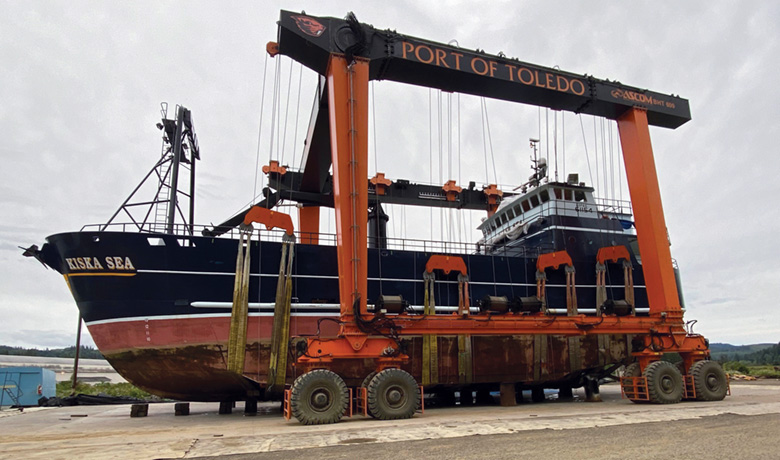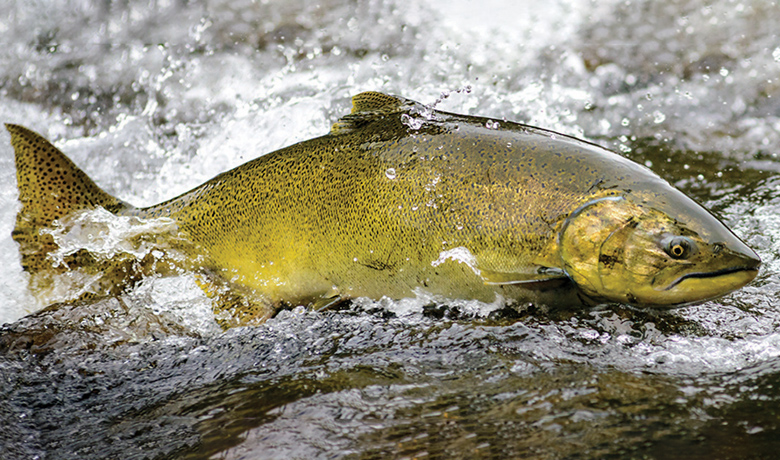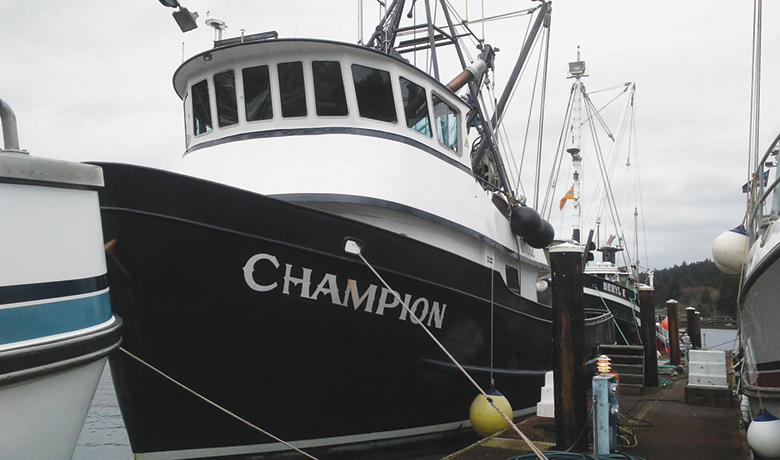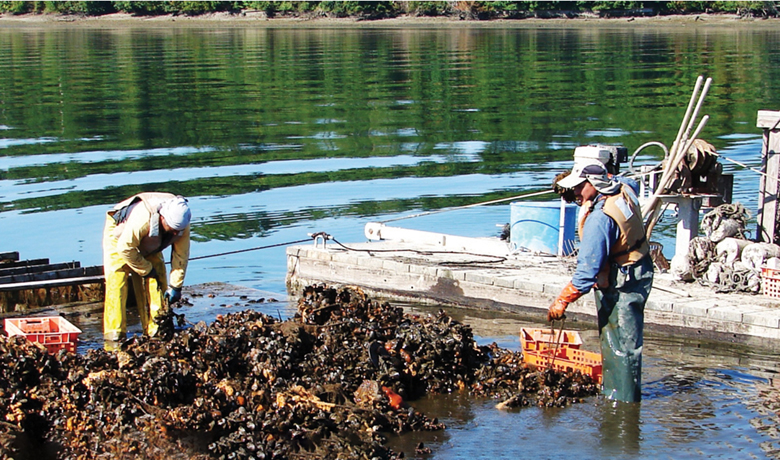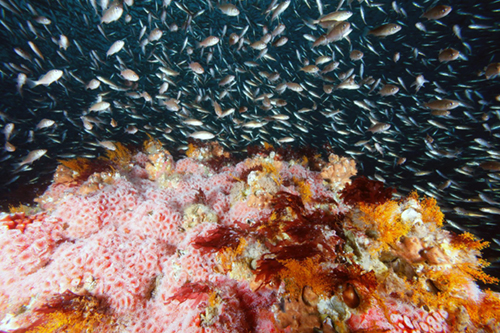Coast Guard Cutter Polar Star at Work in Antarctic Breaking Ice at McMurdo Station
U.S. Coast Guard cutters over the past four months completed two lengthy journeys, one in support of the U.S. Antarctic stations and a second to counter drug operations in the East Pacific Ocean.
The first began in November with the departure of the Coast Guard Cutter Polar Star from its homeport in Seattle; the second began in mid-December at Port Angeles, California, concluding in early February.
Crew aboard the Polar Star, on its 25th journey to Antarctica in support of Operation Deep Freeze, were to spend January and February breaking ice at McMurdo Station for fuel and supply ships, then return to the U.S. west coast in March.
Upon return, the 46-year-old Polar Star, the nation’s solar provider of these crucial icebreaking services, was headed to drydock for maintenance and repai...

